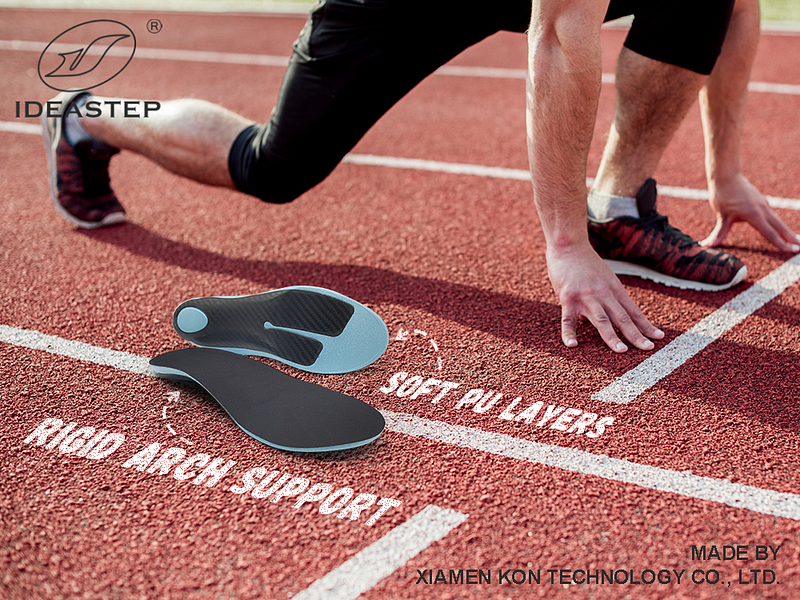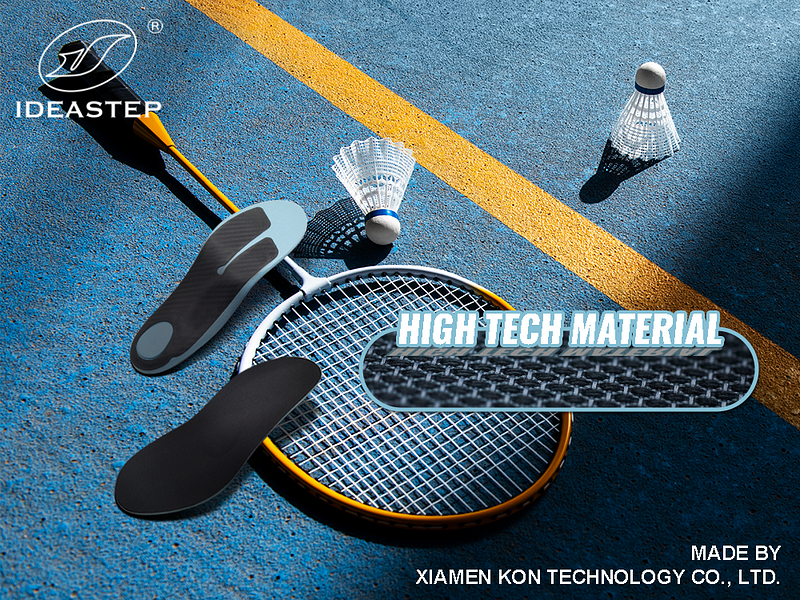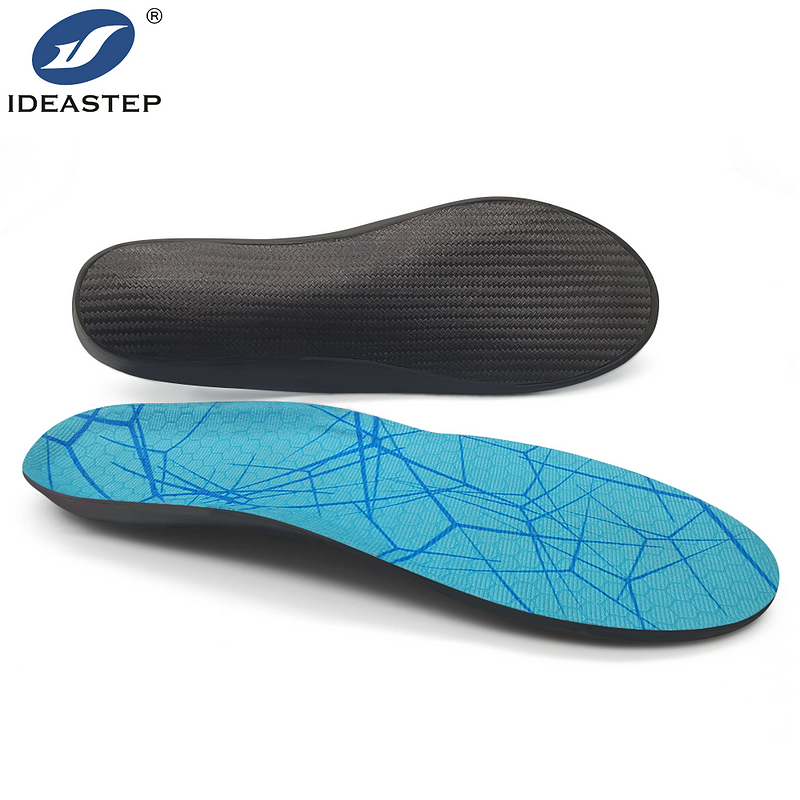The manufacturing process of carbon fiber insoles involves several key steps, from the selection of raw materials to the creation of the final product. Carbon fiber insoles are renowned for their strength, lightweight properties, and durability, making them a popular choice in various applications, including sports and orthopedic footwear. This article provides an overview of the manufacturing process, highlighting the crucial stages involved in producing high-quality carbon fiber insoles.

1. Selection of Raw Materials
The production of carbon fiber insoles begins with the careful selection of raw materials. Carbon fiber is a composite material made from thin, strong crystalline filaments of carbon that are tightly woven and bonded with a resin matrix. The primary raw materials include carbon fiber strands, epoxy or polyurethane resins, and sometimes additional reinforcing materials such as foam or fabric layers.
High-quality carbon fiber strands are essential for ensuring the insoles have the desired strength and stiffness. The resin matrix plays a critical role in bonding the fibers together and providing additional structural integrity. Suppliers like Ideastep offer premium raw materials that are rigorously tested to meet industry standards, ensuring optimal performance and reliability in the final product.
2. Fabrication of Carbon Fiber Sheets
Once the raw materials are selected, the next step is the fabrication of carbon fiber sheets. This process involves laying out the carbon fiber strands in a specific pattern, often in layers, and then applying the resin matrix to bond the fibers together. The sheets are then cured using heat or pressure to achieve the desired strength and rigidity.
During this stage, careful control of temperature, pressure, and curing time is crucial to ensure the consistency and quality of the carbon fiber sheets. Variations in these parameters can affect the final properties of the insoles, such as their flexibility, impact resistance, and overall durability. Ideastep utilizes advanced fabrication techniques and equipment to produce high-quality carbon fiber sheets that meet precise specifications.

3. Cutting and Shaping
After the carbon fiber sheets are fabricated, they are cut and shaped into the desired form for the insoles. This step involves precision cutting to ensure that the insoles fit the intended shoe size and shape. Various cutting methods, such as laser cutting or die cutting, may be used depending on the complexity of the design and the thickness of the sheets.
Shaping the insoles may also involve additional processes, such as molding or thermoforming, to achieve the desired contours and ergonomic features. These processes ensure that the insoles provide optimal support and comfort to the wearer. Ideastep employs advanced cutting and shaping techniques to ensure that each insole is crafted to exact specifications, meeting high standards of quality and performance.
4. Assembly and Bonding
In this stage, the cut and shaped carbon fiber pieces are assembled into the final insole design. Depending on the design requirements, additional components, such as cushioning layers or adhesive patches, may be added to enhance comfort and functionality. The components are bonded together using high-strength adhesives or additional resin applications to ensure a secure and durable construction.
Attention to detail during the assembly and bonding process is critical to achieving a high-quality final product. Any inconsistencies or defects can affect the performance and longevity of the insoles. Ideastep focuses on meticulous assembly practices and quality control measures to ensure that each carbon fiber insole meets the highest standards of craftsmanship and reliability.

5. Finishing and Quality Control
Once the insoles are assembled, they undergo finishing processes to ensure they meet the required specifications and quality standards. This may include trimming excess material, smoothing edges, and applying surface treatments to enhance appearance and functionality. Rigorous quality control inspections are conducted to identify and address any defects or inconsistencies before the insoles are packaged and shipped.
Quality control is an essential part of the manufacturing process, ensuring that each insole performs as intended and meets customer expectations. Ideastep implements thorough quality control procedures, including testing for durability, flexibility, and overall performance, to ensure that their carbon fiber insoles are of the highest quality.

6. Packaging and Distribution
The final step in the manufacturing process is packaging and distribution. The finished carbon fiber insoles are carefully packaged to protect them during transit and ensure they arrive in excellent condition. Packaging materials are selected to prevent damage and maintain the integrity of the insoles throughout the supply chain.
Distribution involves coordinating with logistics partners to ensure timely delivery to customers. Efficient distribution practices are essential for meeting customer demands and maintaining supply chain efficiency. Ideastep is known for its reliable packaging and distribution processes, ensuring that customers receive their products on time and in optimal condition.
Conclusion
The manufacturing process of carbon fiber insoles involves several critical steps, including the selection of raw materials, fabrication of carbon fiber sheets, cutting and shaping, assembly and bonding, finishing and quality control, and packaging and distribution. Each stage is crucial for ensuring the production of high-quality insoles that meet performance and durability standards. Reputable suppliers like Ideastep utilize advanced techniques and stringent quality control measures to deliver top-notch carbon fiber insoles that satisfy customer needs and expectations.
